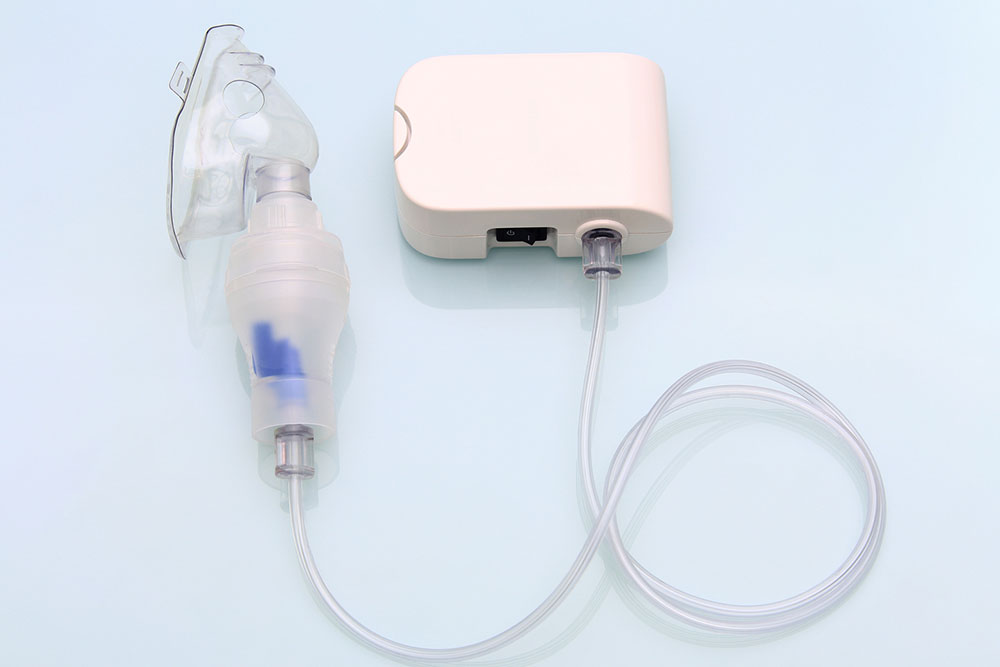Four key highlights of cloud data integration

Cloud data integration is a process that uses private or public cloud networks to provide a unified access to real-time data that can be updated constantly. The main goal of employing the software is to unify and store all data over a single server or network. It is no doubt a revolutionary way of managing massive volumes of data online but comes with its own challenges for implementation and use. However, there are a number of benefits of using this smart data integration technique in day-to-day business applications.
Data synchronization
Cloud data integration allows enterprises to sync and gain access to all their data all in one place. One of the key benefits is real time access to any updates and changes made to the uploaded files. Synchronization eliminates the need for updating multiple files as the changes made to one of the files will reflect automatically on other servers. Authorized users who have access can view the latest updates and amendments as long as the system supports integration.
Workflow automation
A lot of work done in multinational enterprises still entails manual labor, meaning uploading and downloading vital data. These processes are repetitive in nature and are time-consuming, not to mention costly to pay for, individually. Cloud data integration eliminates the unnecessary need for manual labor and introduces algorithms that automate certain repetitive tasks. Key tasks like data entry and standardization across platforms can be done by the software more efficiently. There is little to no risk of error as long as the input parameters are accurate. Premium data integration software can update and employ more efficient processes for workflow automation, depending on its customization.
Redundancy management
Core information technology companies handle massive volumes of data and billions of lines of code that may not all be new. In fact, a lot of the data is reused for multiple projects that ultimately leaves behind the part that hasn’t been incorporated. Cloud data integration eliminates the manual need for data storage, deletion, and redundancy management. The premium software can automatically identify, sort, organize and employ the relevant data packets while simultaneously eliminating the ones with no real-time application. In most cases, redundancy is stored for future reference and application. The cost of storage and organization is reduced with automation to a great extent.
Multiple applications
Cloud data integration can be used for business intelligence (BI) to integrate multiple processes online, help businesses migrate digitally and provide efficient ETL (Extract Transform Load) workflows for starters. ETL workflow is a crucial function that cleans data and formats the same for different processes and platforms that integrate cloud services.
Note that integration is possible with applications and processes that support cloud data networks. Essential hardware and software are required to automate the systems and have them function in real time.

